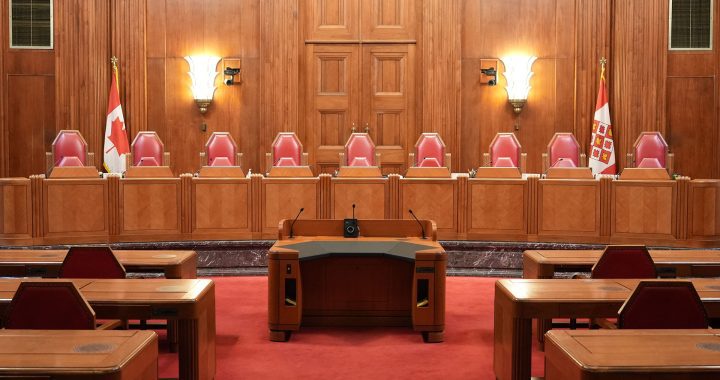After decades of neglect, one of the last First Nations communities in Quebec to still use diesel generators is one step closer to getting electricity.
Quebec politicians, along with Hydro-Quebec representatives, recently descended on the Algonquin community of Kitcisakik to mark the beginning of the Animiki Iskote project.
“It’s historic. It’s a once-in-a-lifetime event. I would also like to thank my chief and council for fighting. It’s been a long time coming, many years. And where we are today is a great source of pride. It’s not just for Kitcisakik, but for the other communities that see hope too,” said Vice-Chief Alex Emmet Papatie.
According to Hydro-Quebec, one of the first phases of the project is the installation of electrical panels in the homes. So far, about half of the homes in the community have been modernized.
Because Kitcisakik, which is nestled within a wildlife reserve in western Quebec, is not a recognized reserve, the community has had to rely on costly diesel generators to power their homes.
The province’s Indigenous Affairs minister, Ian Lafrenière, noted that the work thus far represents a concrete gesture on behalf of the government. Furthermore, he emphasized the government’s commitment to partnering with First Nations in the transition to green energy.
“I can tell you that over the past two or three weeks, several communities have come to see me and my colleague Pierre Fitzgibbon (Quebec minister of economy, innovation, and energy), who want to develop projects, but they want to do it as partners,” Lafrenière said in a recent interview.
“They don’t want to be witnesses, they don’t want to see what happens, they want to be partners. Whether it’s wind turbines or mini power plants. So, there are several possibilities and we’re going to do them with them.”
Community member Jacko Penosway said that he spends most of his monthly income on gas and is looking forwarding to the arrival of electricity. However, he worries about the impact it will have on the community’s way of life.
“I just hope that the younger generations won’t be too dependent on electricity and stay at home. We’ve got to get them out. We’ll have to come up with projects to get them out. Organize more activities,” Penosway said.
Many of the community’s 400 members still wonder why it has taken 40 years to get electricity. Especially since there is a Hydro-Quebec dam that cuts through the middle of Kitcisakik.
Jimmy Papatie, the town’s director of infrastructure and natural resources said that for many years, the relationship with the public utility has been tense.
“When you look at Hydro-Quebec, the first problem was when they built the Lac Dozois dam. They simply displaced the Indigenous people who lived along the river. We followed the fish. We were already living there,” he said.
Hydro-Quebec’s explanation is that the dam was never designed to generate electricity.
The work, which started this summer, is scheduled for completion in 2025. Hydro-Quebec is footing the $32 million bill.
Kitcisakik council Chief Régis Penosway said he hopes that the new relationship with Hydro-Quebec will lead to more development for his community.
“The next step, we’re going to have to look at for the community is access to drinking water. Right now, we’re looking at all the avenues we have available,” the chief said.
Kitcisakik members must still buy bottles or boil water taken from the community centre.










